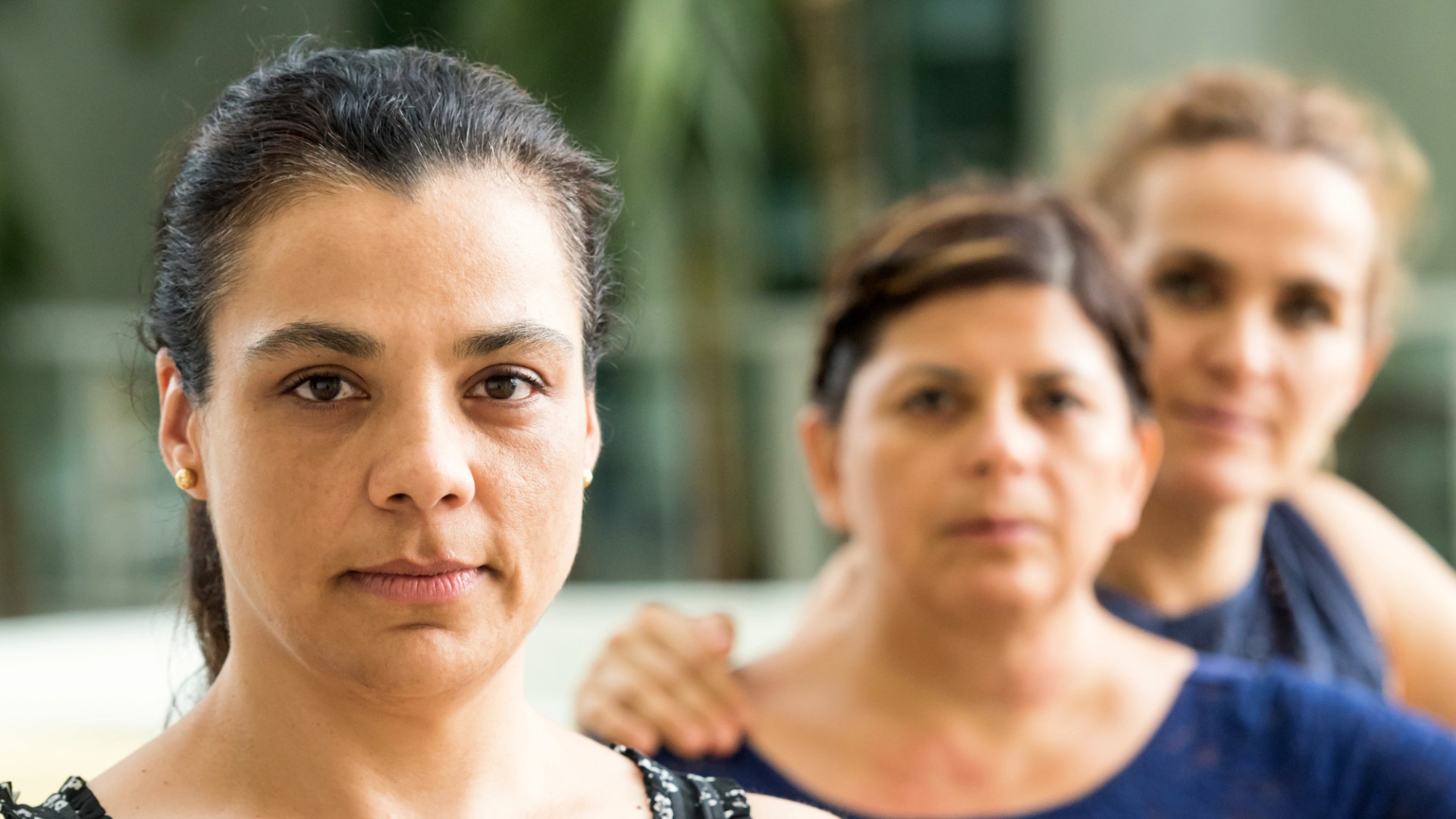Risk Factors For Female Sexual Abuse: Explaining sexual violence against women is complicated by the multiple forms it takes and contexts in which it occurs. There is considerable overlap between forms of sexual violence and intimate partner violence.
There are factors increasing the risk of someone being coerced into sex, factors increasing the risk of an individual man forcing sex on another person, and factors within the social environment – including peers and family – influencing the likelihood of rape and the reaction to it.
RELATED: Men And Boys Are Raped Too
Research suggests that the various factors have an additive effect, so that the more factors present, the greater the likelihood of sexual violence. In addition, a particular factor may vary in importance according to the life stage.
Factors increasing women’s vulnerability
One of the most common forms of sexual violence around the world is that which is perpetrated by an intimate partner, leading to the conclusion that one of the most important risk factors for women – in terms of their vulnerability to sexual assault – is being married or cohabiting with a partner. Other factors influencing the risk of sexual violence include:
— being young;
— consuming alcohol or drugs;
— having previously been raped or sexually abused;
— having many sexual partners;
— involvement in sex work;
— becoming more educated and economically empowered, at least where sexual violence perpetrated by an intimate partner is concerned;
— poverty.
Age
Young women are usually found to be more at risk of rape than older women. According to data from justice systems and rape crisis centres in Chile, Malaysia, Mexico, Papua New Guinea, Peru and the United States, between one-third and two-thirds of all victims of sexual assault are aged 15 years or less.
Certain forms of sexual violence, for instance, are very closely associated with a young age, in particular violence taking place in schools and colleges, and trafficking in women for sexual exploitation.
Alcohol and drug consumption
Increased vulnerability to sexual violence also stems from the use of alcohol and other drugs. Consuming alcohol or drugs makes it more difficult for women to protect themselves by interpreting and effectively acting on warning signs. Drinking alcohol may also place women in settings where their chances of encountering a potential offender are greater.
Having previously been raped or sexually abused
There is some evidence linking experiences of sexual abuse in childhood or adolescence with patterns of victimization during adulthood.
A national study of violence against women in the United States found that women who were raped before the age of 18 years were twice as likely to be raped as adults, compared with those who were not raped as children or adolescents (18.3% and 8.7%, respectively).
The effects of early sexual abuse may also extend to other forms of victimization and problems in adulthood.
For instance, a case–control study in Australia on the long-term impact of abuse reported significant associations between child sexual abuse and experiencing rape, sexual and mental health problems, domestic violence and other problems in intimate relationships – even after accounting for various family background characteristics.
Those who had experienced abuse involving intercourse had more negative outcomes than those suffering other types of coercion.
Having many sexual partners
Young women who have many sexual partners are at increased risk of sexual violence. It is not clear, though, if having more sexual partners is a cause or consequence of abuse, including childhood sexual abuse.
For example, findings from a representative sample of men and women in Leo´n, Nicaragua, found that women who had experienced attempted or completed rape during childhood or adolescence were more likely to have a higher number of sexual partners in adulthood, compared with non-abused or moderately abused women.
Similar findings have been reported in longitudinal studies of young women in New Zealand and Norway.
Educational level
Women are at increased risk of sexual violence, as they are of physical violence by an intimate partner, when they become more educated and thus more empowered.Women with no education were found in a national survey in South Africa to be much less likely to experience sexual violence than those with higher levels of education.
In Zimbabwe, women who were working were much more likely to report forced sex by a spouse than those who were not. The likely explanation is that greater empowerment brings with it more resistance from women to patriarchal norms, so that men may resort to violence in an attempt to regain control.
The relationship between empowerment and physical violence is an inverted U-shape – with greater empowerment conferring greater risk up to a certain level, beyond which it starts to become protective. It is not known, though, whether this is also the case for sexual violence.
Poverty
Poor women and girls may be more at risk of rape in the course of their daily tasks than those who are better off, for example when they walk home on their own from work late at night, or work in the fields or collect firewood alone.
Children of poor women may have less parental supervision when not in school, since their mothers may be at work and unable to afford child care. The children themselves may, in fact, be working and thus vulnerable to sexual exploitation.
Poverty forces many women and girls into occupations that carry a relatively high risk of sexual violence, particularly sex work.
It also creates enormous pressures for them to find or maintain jobs, to pursue trading activities and, if studying, to obtain good grades – all of which render them vulnerable to sexual coercion from those who can promise these things. Poorer women are also more at risk of intimate partner violence, of which sexual violence is often a manifestation.




